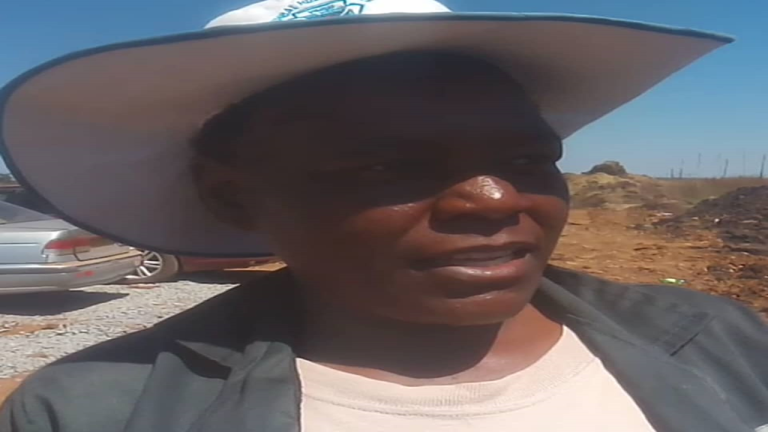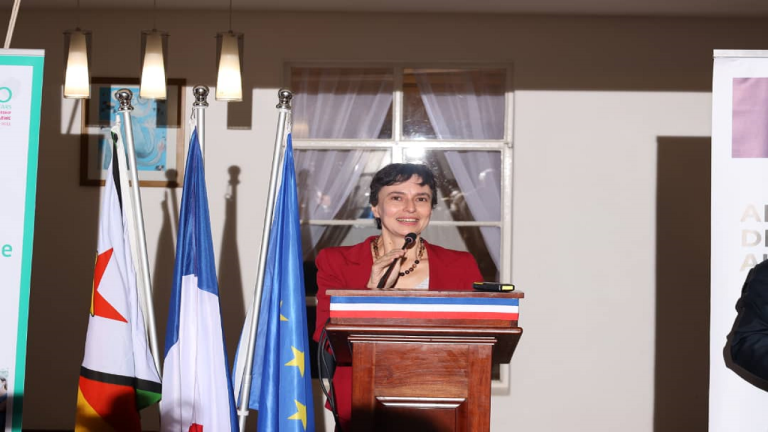Zimbabwean News You Can Trust
Cotton, tobacco, maize and wheat were top Zimbabwean exports since 1980’s up to 2000 before western countries like the United States of America and Britain imposed economic sanctions against Zimbabwe to express their grief after the savage seizure of white owned farms by suspected “war collaborators”.
The project which reportedly left a lot of white farmers dead and homeless was dubbed, “the land reform programme”. It was meant to buttress the indigenization drive and support Zimbabweans with the total ownership of land from Britain.
Before the land reform programme, Zimbabwe had been exporting various agricultural produce across the African continent and it was nicknamed, “the bread basket of Africa”.
However, the atmosphere changed when the then led Robert Mugabe regime took over land from white famers.
Since then Zimbabwe had been struggling to meet the yesteryears agricultural produce diminishing the name, the breadbasket of Africa, to just a myth.
But Zimbabwe’s Agricultural sector is slightly materialising with the leadership of President Emmerson Mnangagwa who is making frantic efforts with programmes like Pfumvudza to retain the lost zeal.
The Zanu PF first secretary is not alone in this drive as the Southern Africa Development Committee (SADC) has joined hands to ensure the dream comes to reality once again.
Addressing journalists on a seed genetic grains workshop last week Monday, Head of SADC Plant Genetic Resource Centre Mr. Justify Shava said his department is working with Zimbabwean farmers in lowveld areas, educating them on the type of seeds that suit their environments.
He said,” Lowveld communities like Chiredzi usually experience a lot of dry conditions and because they grow crops that are not suitable for their areas they tend to lose out because of the dangers of climate is but what we are saying is that with the materials that we have enacted over long periods of time that are being kept at the national gene bag of Zimbabwe they can go there with the curators or scientists and try and profile and come up with the material that is good for their area.
“Few weeks ago we were around, we went to Mutoko and we worked with a local organisation called CDDD led by Mr Mushita and currently we are going to the communities helping them to establish what are called community seed bags or community based conservation products so that we fight food insecurity in many cases.”
The SPGRC workshop was physically attended by thirteen southern Africa countries with three joining virtually. The main aim of the workshop was to capacitate officers from the national gene bags of the SADC member states so that they know the technical skills required on conservation of plant genetic resources.




